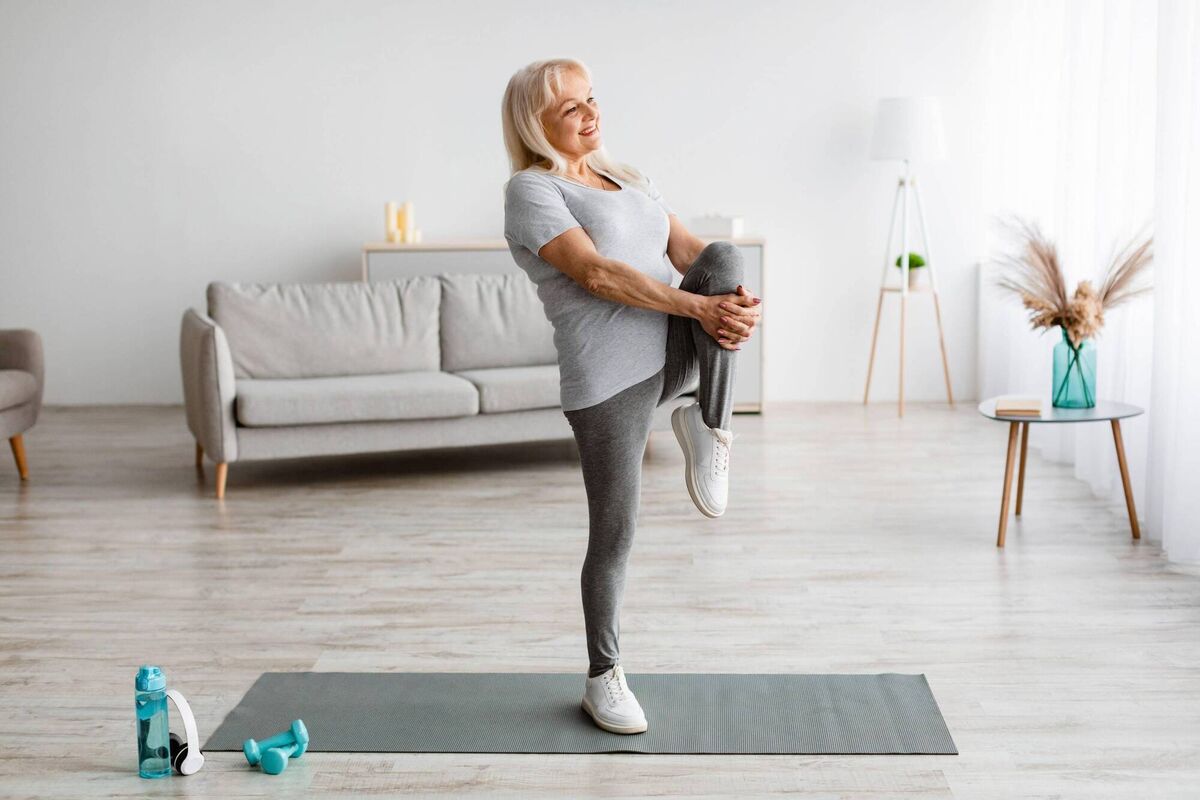Dr Michelle O'Driscoll: Osteoporosis - a hidden impact on our health

One in two women and one in five men over the age of 50 will break a bone from osteoporosis.
Osteoporosis affects the thickness and strength of bones, and leads to weak bones where an accident, such as a fall, can cause a fracture.
A person’s height can also reduce by up to a few centimetres, as posture and stature becomes affected.
One in two women and one in five men over the age of 50 will break a bone from osteoporosis. Approximately 7,250 older people are admitted to hospital for treatment of fall-related injuries every year, and the average length of a hospital stay is 12.7 days.
The mortality rates related to fractures in older ages are high, higher than one would expect. But the impact that a fracture to a knee or a hip, in particular in later life, can have to mobility and overall physical and mental health shouldn’t be underestimated.
Doing what we can now to keep ourselves and our bones healthy will reduce the risk of falls and fractures. Even if you’ve put things off, it is never too late to identify and treat osteoporosis or prevent falls to avoid broken bones.
Knowing the risk factors
Knowing the risk factors in reduced bone health and increased fracture risk is important. Many of the factors cannot be changed, and the aim is simply to be aware of the contribution they can play to your bone health.
For example, being female, being post-menopausal, having a low body weight or small frame, taking steroids for a long period of time, or high doses of thyroid medication, certain cancer or epilepsy drugs, or having family that experienced fractures due to minor fall can all point to increased risk.
These are things you cannot address necessarily directly.
Other risk factors are changeable though, and these include low calcium or vitamin D, smoking or drinking excessive alcohol, being physically inactive or undereating.
Estimate your risk
There are so many different risk factors in relation to bone health, but there are ways to determine what type of risk you have personally.
You’ll find some online resources, including a ten-year fracture risk from the Bone Health and Osteoporosis Foundation to help quantify things for you as an initial investigation.
While this doesn’t replace a medical appointment, it can be helpful to flag some signs that might indicate areas to address.
Measuring bone mineral density
Osteoporosis can be diagnosed by a bone mineral density (BMD) test, which can determine how severe it is, and assess fracture risk. You may have heard of this being called a DXA scan for short. It uses low levels of X-rays to measure the mineral content of your bones at specific locations in your body, which is quick, painless, and inexpensive.
The lower the T-score that you get back, the lower your bone mineral density and the higher your risk for fracture.
Normal values are 1 to -1, and lower brings you into at risk categories, to the point of osteoporosis at values under -2.5.

Make small changes
Nothing happens overnight, but taking some tangible steps in the management of your bone health is invaluable.
Activities like digging and lifting in the garden, weights-based movement and even carrying groceries helps to strengthen us.
Getting the appropriate bloods and scans done as advised by your GP will keep you informed and ready to take early action.
Reviewing medications such as sleeping tablets with your GP that might be leading to drowsiness and increasing your falls risk is another consideration for some.
Osteoporosis has a significant hidden impact on our health – until that fracture happens. Consider what your bone health is like currently, and take the next steps with the support of your healthcare providers to address this issue.






 App?
App?





